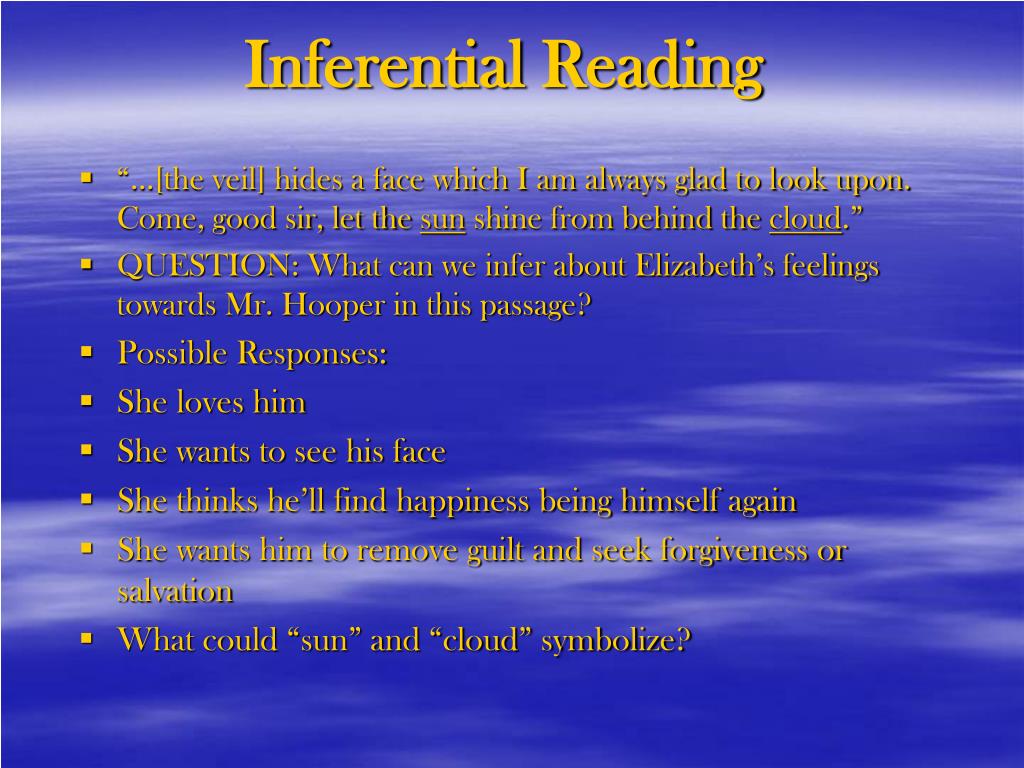

“Agonies are one of my changes of garments,” the poet says: “I do not ask the wounded person how he feels, I myself become the wounded person.” This section, which began with such a buoyant embrace of the ever-changing world, ends with the stuttered beginnings of dark narratives of death, pain, and loss. Toward the end of the catalog, death and suffering and pain begin to take over, as this traveling soul enters into the torture felt by those near death, felt by martyrs, felt by “the hounded slave,” the “mash’d fireman,” the dying soldier. So he becomes the “free companion,” able to love all equally and quickly as his fluid soul travels the vastness of the world. The Whitmanian soul is forever traveling an open road, sailing an open sea, and to pause too long with anyone or anything is dangerous, because limited and lasting affection for any one thing stifles the ability to love democratically and indiscriminately. Whitman both recognizes the power and admits the risk of his poetic vision here: he will “fly those flights of a fluid and swallowing soul,” gliding over, through, and into everything he encounters and consuming it with his voracious imagination, but he will also “anchor my ship for a little while only,” never dwelling for more than a moment on any one thing. We are at once in one place and all places, in an instantaneous present as well as in a timeless ongoing present. The poet’s few verbs-usually participles like “hauling” or “walking” or “approaching”-each generates an extensive array of objects, events, and landscapes, captured in the rolling anaphoras of “over,” “where,” “at,” and “through.” His descriptions use the definite article “the” instead of the indefinite “a,” so we behold “ the mocking-bird,” “ the homely woman as well as the handsome,” “ the cot in the hospital”-and the definite article seems to name both a specific bird or woman or cot as well as the generic or abstract version of these things as well: this homely woman is all homely women this hospital cot is all hospital cots. “I am afoot with my vision,” Whitman announces, in a wonderful phrase that insists on the necessity of the whole body-from eyes to toes-to take part in this interpenetration of the self and world. His “elbows rest in sea-gaps,” and his “palms cover continents”-as if he is performing a kind of phrenological examination of the earth, examining its contours just as a phrenologist ran his palms over a patient’s skull to determine that person’s character (Whitman was proud of the robust qualities that his own phrenological exam had revealed just before he wrote this poem). As his vision expands, he feels as if his body has become as vast as the distances that his imagination strides. In this section, we encounter pages of data entries that toward the end slow down when a narrative frame begins to take over again, but, throughout “Song of Myself,” we can always feel the unruly rhythms of this never-ending sensory catalog, incorporating the details of the world as they flow nonstop into the poet’s (and our) open and receptive senses.Īs he begins this catalog, Whitman portrays his imaginative journey as the flight of a hot-air balloon: “My ties and ballasts leave me.” He rises above the earth and sees vast vistas. “Song of Myself” keeps shifting from moments of narration to moments of what we might call data ingestion.


These cascading lines hint at the massiveness of the database that would comprise all of our sights and hearings and touches, each of which could be entered as a separate line of the poem. As we read this catalog, we can see how it indicates and imitates an endless database, and how it suggests a process that could continue for a lifetime.
#Describe someone becoming tremulous full#
In one of those early notebooks, he enjoins himself: “ Data, all-comprehensive and to be pursued as far into details and to as full information as any one will.” He was an early practitioner of a genre we are increasingly familiar with: the database itself. His early notebooks and notes are full of lists of particulars-sights and sounds and names and activities-that he dutifully enters into his personal record. In by far the longest section of “Song of Myself,” Whitman now reminds us of how, for him, the world was a kind of pre-electronic database. In Section 15, we experienced a seemingly endless “catalog” of images, but Section 33 makes that catalog seem modest by comparison.


 0 kommentar(er)
0 kommentar(er)
